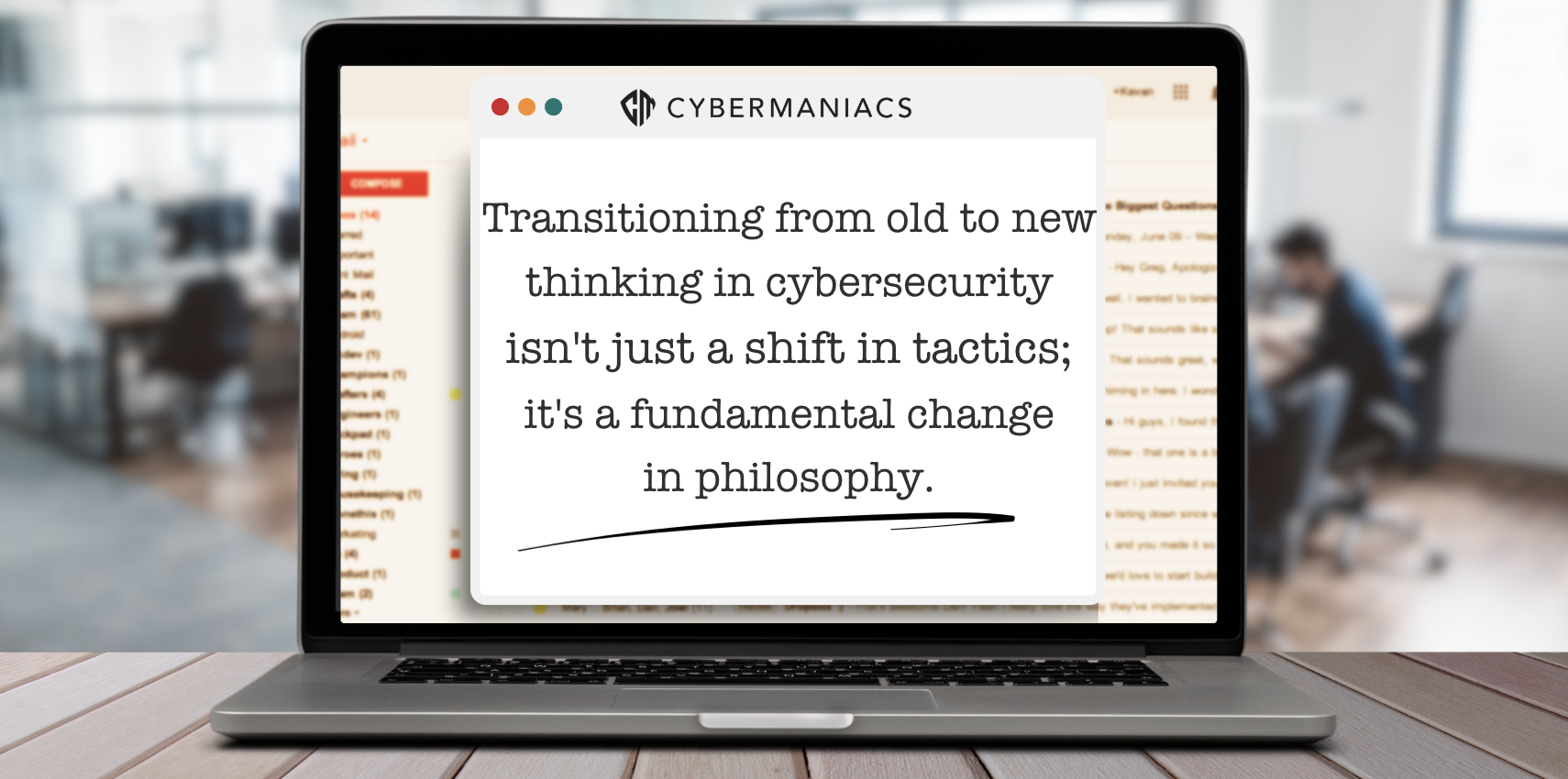How to Map Human Risk in Your Organization Like a Threat Network
You Can’t Fix What You Can’t See
As CISOs step into increasingly strategic roles, the need to align cybersecurity with business objectives has never been more critical. Cyber risk is evolving into digital risk—a broader concept encompassing not just traditional threats like ransomware but also emerging risks from AI, human resilience, and digital culture. These risks are now material enough to warrant oversight at the board level, given their potential to disrupt operations or even threaten a company’s survival.
For critical national infrastructure (CNI) companies, this alignment is especially urgent. The regulatory landscape is tightening, and cascading failures along the supply chain could have catastrophic consequences. This isn’t just a technical challenge—it’s a strategic one. Security leaders must now frame digital risk in the context of business objectives, creating shared meaning across the organization and up to the boardroom.
Digital Risk Is Broader Than Cyber Risk
Digital risk encompasses everything from traditional cybersecurity threats to operational disruptions, AI misuse, supply chain vulnerabilities, and risks tied to human factors. It’s no longer just about firewalls and incident response; it’s about understanding how both digital transformation and external threat actors introduce new challenges across the enterprise.
Risk Oversight Is Now a Board-Level Concern
The scale and scope of digital risk have grown so significantly that boards are stepping in more than ever before. These risks can materially affect operations, revenue, and even the long-term viability of a business. Global enterprises, despite their scale, are not immune to catastrophic failures—especially those triggered by cascading supply chain issues or emergent threats.
Communication Is Key to Alignment
To address digital risk effectively, organizations must align risk management with broader enterprise goals. This requires a shared understanding of risk appetite, tolerance, and how these concepts are embedded in both the culture and explicit processes of the business. Without this pool of understanding, you lose the 'where are we going and why' factors, silos, gaps, clash, and friction ensue.

How do you bridge the gap between security and business objectives? It starts with understanding the broader enterprise context. Here’s how to define and communicate digital risk in a way that resonates with both the board and the organization:
Understand Risk Appetite and Tolerance
Risk appetite is what the organization is willing to take on to achieve its goals, while risk tolerance is the level of uncertainty the business can withstand. Security leaders must translate these abstract concepts into actionable terms. For example:
Embed Risk Into Business Processes
Risk management should not be a separate function but an integral part of decision-making. Every strategic initiative—whether it’s launching a new product, entering a new market, or restructuring operations—should include a digital risk assessment.
Communicate Risk in Business Terms
Boards and executives are less interested in the technical details and more concerned with operational impacts. Frame risk in terms of:

Elevating digital risk to a strategic function isn’t just about adopting new tools or policies—it’s about creating alignment, fostering shared understanding, and embedding risk culture into the fabric of the organization. Whether it’s preparing for AI adoption, navigating regulatory changes, or ensuring resilience during periods of transformation, the key is to tie risk management directly to enterprise goals.
We can help you unpick this Gordian knot. Let’s talk about building a human resilience strategy and aligning your digital risk program to business success.

You Can’t Fix What You Can’t See
5 min read

As artificial intelligence (AI) tools evolve and proliferate, so too do the risks associated with their misuse. Attackers are leveraging AI to create...
4 min read

When it comes to human risk, many security teams are caught in a trap they can’t name.
4 min read
Subscribe to our newsletters for the latest news and insights.
Stay updated with best practices to enhance your workforce.
Get the latest on strategic risk for Executives and Managers.
